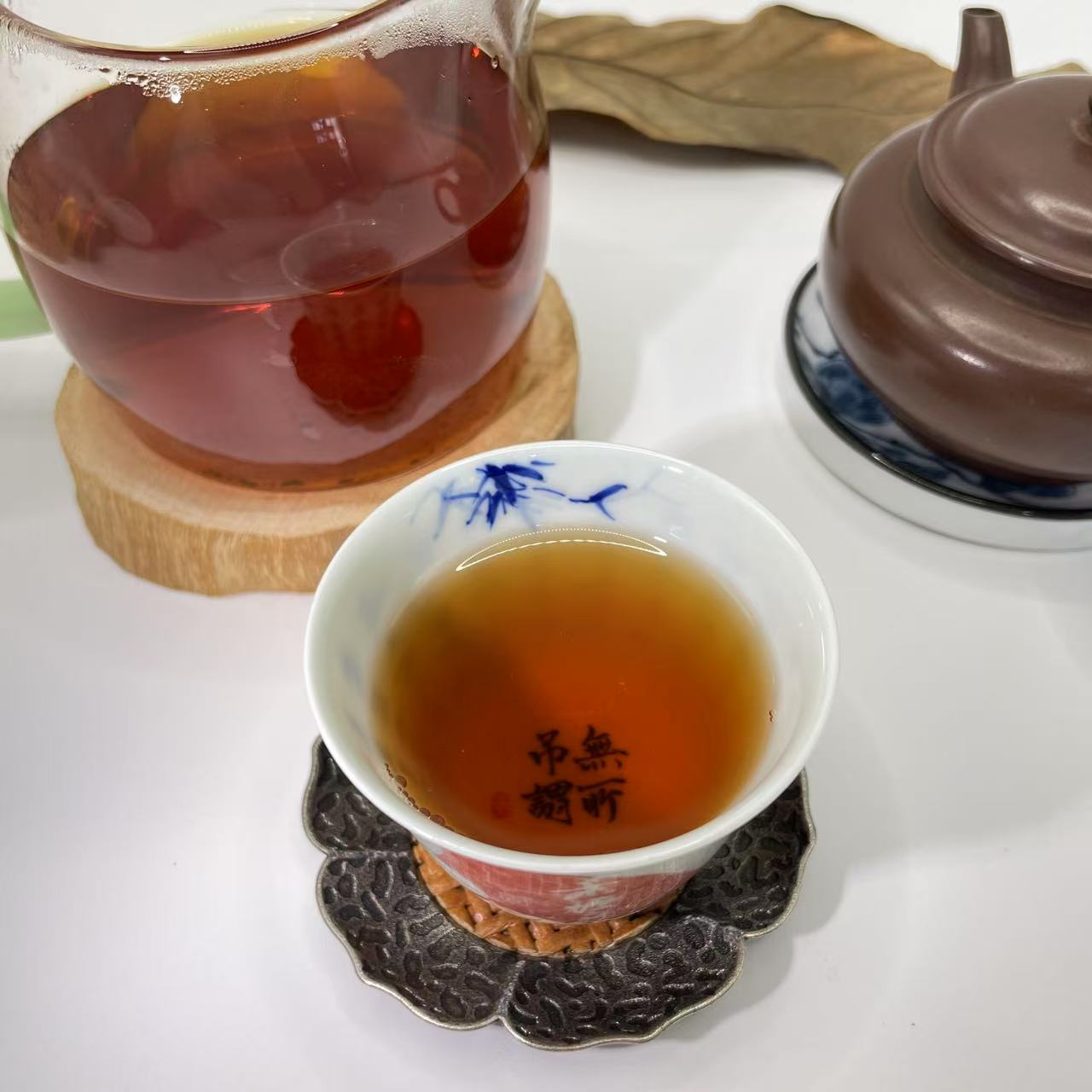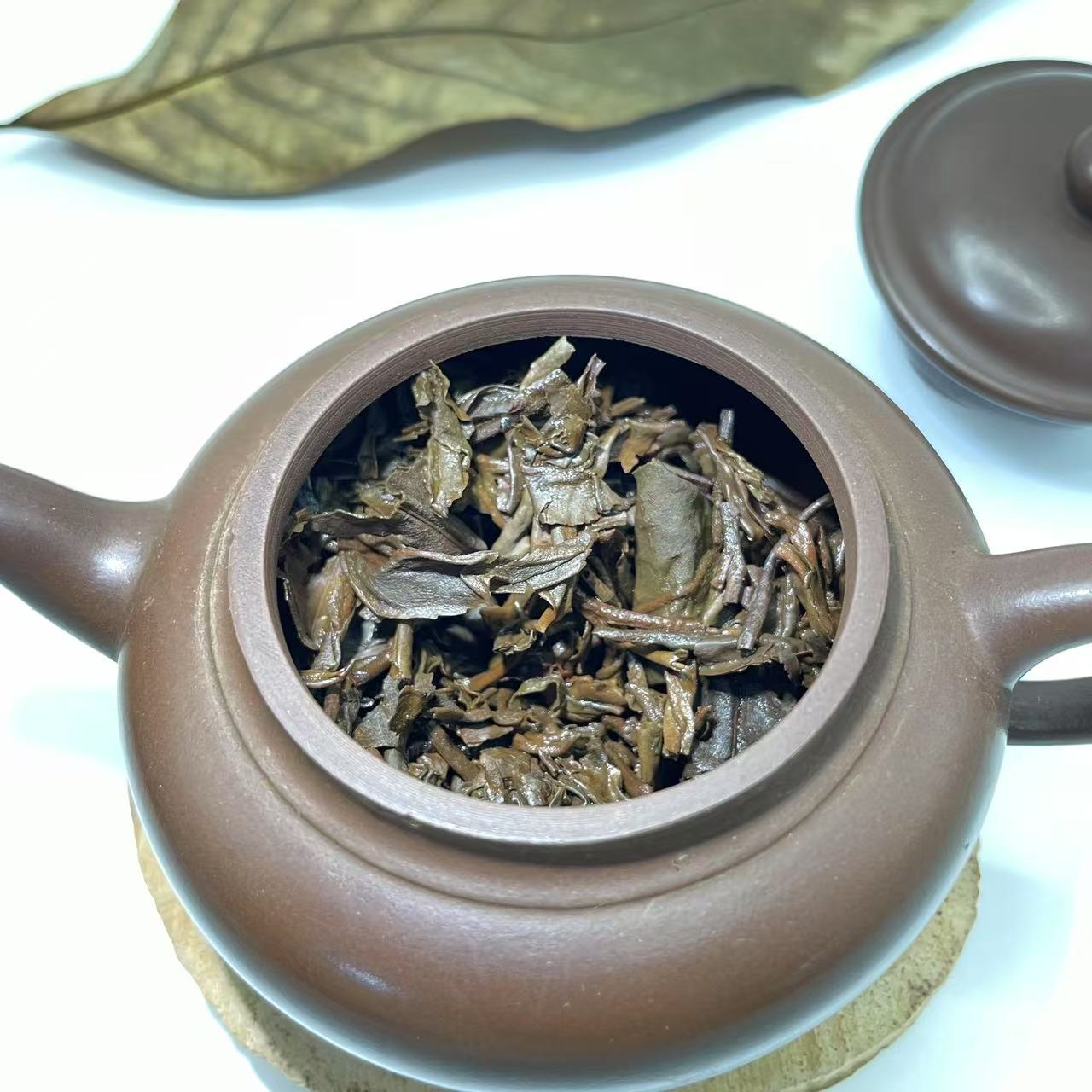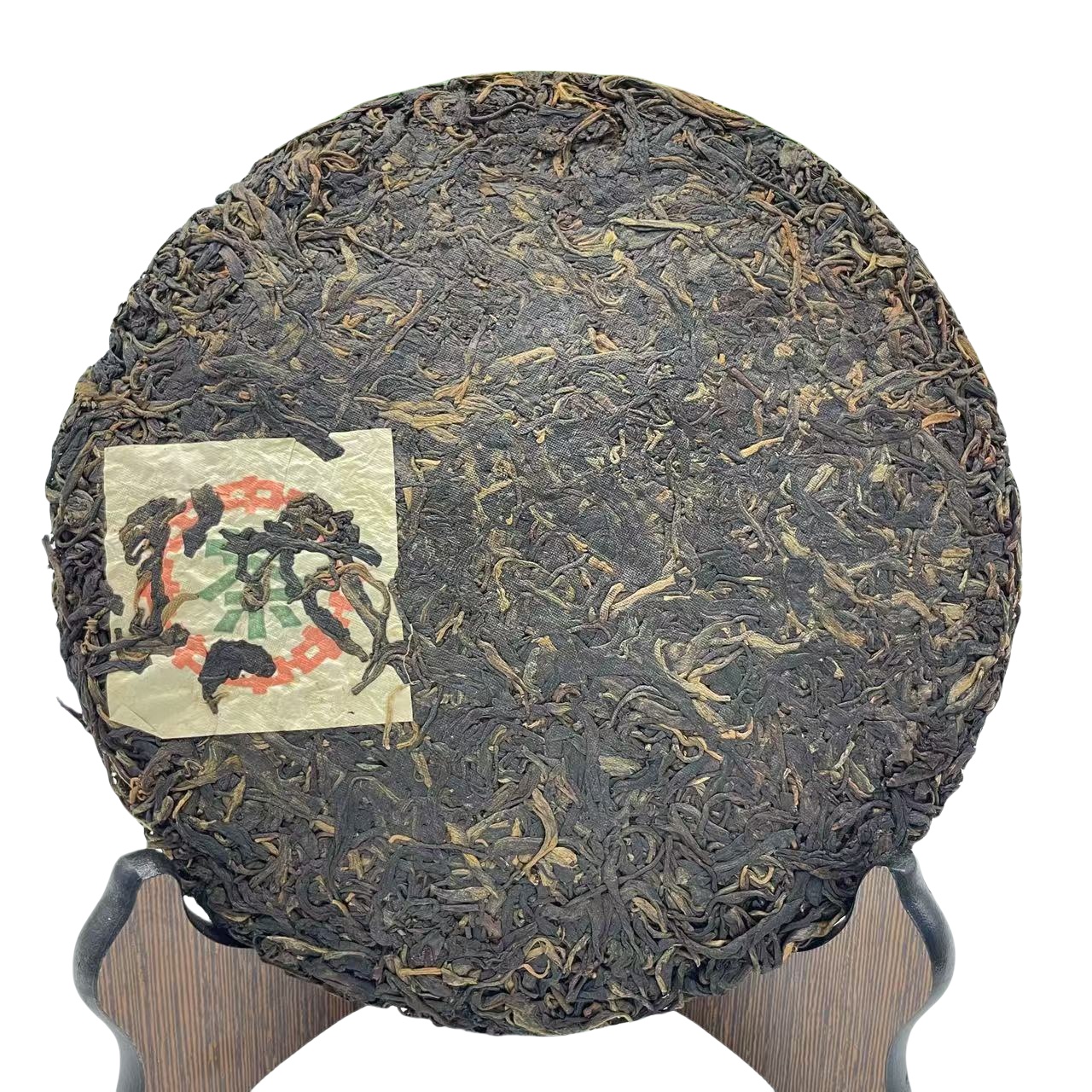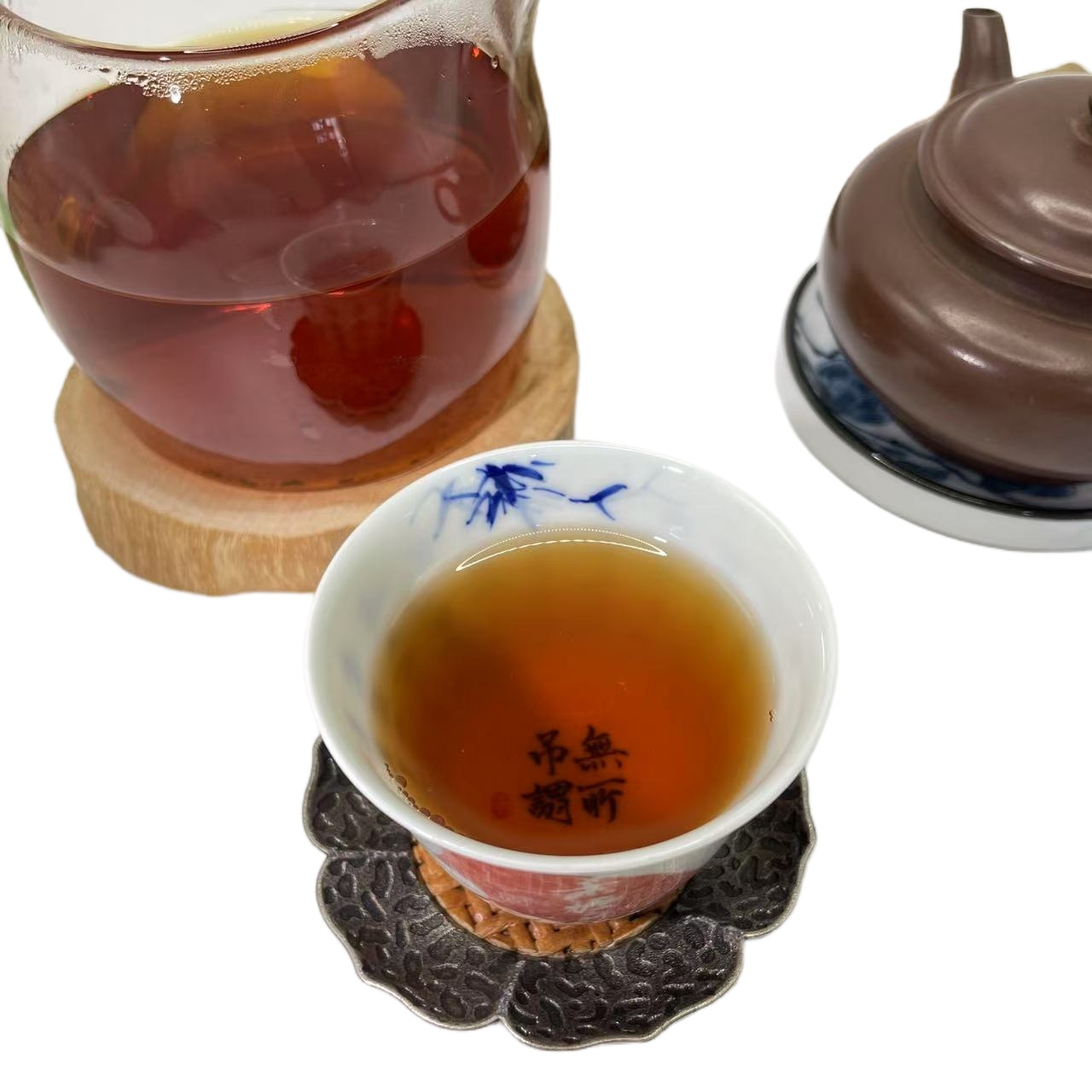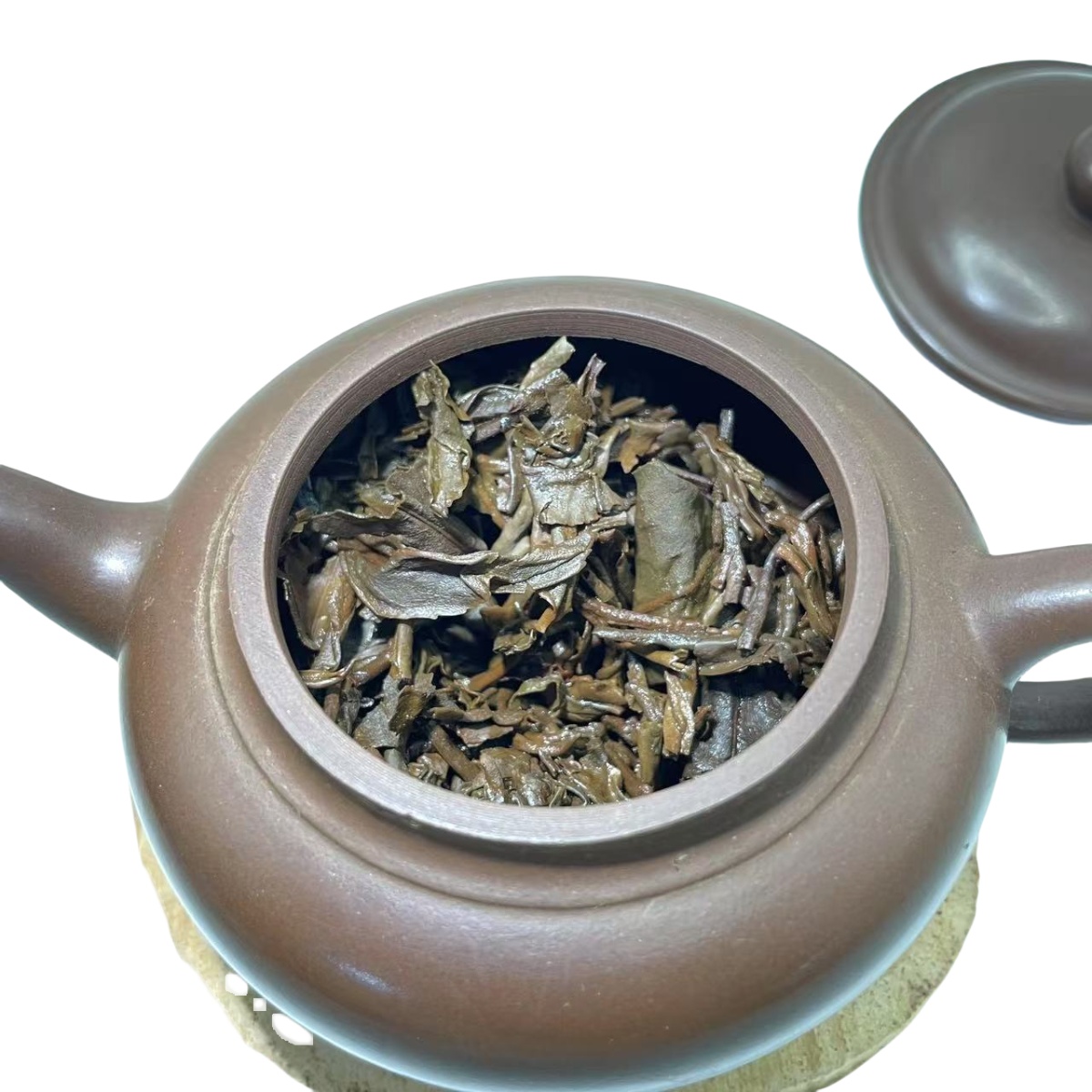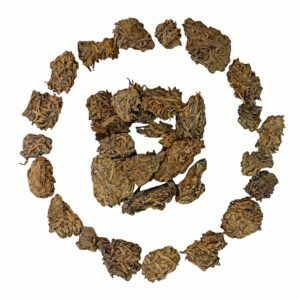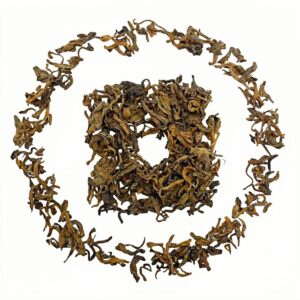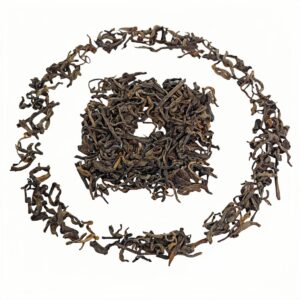Description
Pu’er Tea: An Indispensable Part of China’s 5,000-Year Cultural History
The history of Pu’er tea dates back to the Eastern Han Dynasty (25-220 AD), when ancient inhabitants of Yunnan began harvesting wild tea leaves.
During the Tang, Song, and Yuan dynasties, Pu’er tea became a vital medium for frontier governance through the “Tea-Horse Trade” with Tibet and other regions. In the Yuan Dynasty, Mongolians introduced Pu’er tea to Russia, marking the start of its international journey.
By the Yongzheng era (1729) of the Qing Dynasty, imperial tribute tea fields were established, elevating Pu’er tea to royal tribute status and its golden age. The Qianlong-era plaque “Tribute to the Heavenly Dynasty” affirmed its prestige, while the Tea Horse Road trade flourished, exporting it to Tibet, Southeast Asia, and Europe.
Pu’er tea’s post-fermentation特性 grants it the “more aged, more fragrant” quality. Qing royalty regarded it as “drinkable antique,” and today it symbolizes both consumption and collectible value.
Traditional Chinese medicine credits Pu’er with “aiding digestion and cutting greasiness,” while modern studies confirm its lipid-lowering and antioxidant effects. This health legacy secures its unique role in contemporary tea culture.
The craftsmanship of Pu’er (tribute tea) is a National Intangible Cultural Heritage. In 2022, UNESCO inscribed it on its Representative List of the Intangible Cultural Heritage of Humanity.
“1997 Da Lü Yin: A Symphony of Smoke, Honey & Power”
“Rare 28-Year-Old Raw Pu’er – Sip History, Collect Legacy”
“Why Aged Raw Pu’er? The Science of Silent Transformation”
Natural Fermentation: Over 28 years, microbial activity breaks down tannins, creating a silky texture and unlocking layered sweetness.
Aroma Evolution: Enzymatic reactions develop the signature “smoky depth” intertwined with honeyed floral notes – a hallmark of premium aging.
Health Depth: Lab tests confirm aged raw Pu’er retains 35% more antioxidants and probiotics than younger teas, supporting gut health and cellular vitality.

Health Benefits
Gut Harmony: Probiotic-rich fermentation aids digestion and microbiome balance.
Antioxidant Shield: Combats free radicals, linked to anti-aging and immune support.
Metabolic Boost: Polyphenols enhance fat metabolism, ideal for modern lifestyles.
“A Liquid Antiquity, Appreciating with Every Sip”
Rarity:There are only 100 cakes in the world, and each cake with a big green stamp of 1997 is a witness to history.
Investment Value: 1990s raw Pu’er auctions show 20-25% annual appreciation (2023 Sotheby’s data).

Pu’er Tea Brewing Method:
Water Temperature: Use 100°C boiling water, preferably mountain spring water.
Teaware: White porcelain gaiwan/purple clay teapot/Nixing pottery (recommended), fairness cup, and tasting cup.
Tea Quantity: 7-10 grams (adjust according to personal taste preference).
Rinsing: Quickly pour boiling water to fill, then pour out within 5 seconds (rinse 1-2 times).
Brewing: For the first 3 infusions, steep for 5 seconds after adding water, then increase steeping time by 5 seconds for each subsequent infusion. Can be brewed over 10 times.
Awakening: Aged tea requires awakening to remove storage odors. Place the tea leaves on a tea tray and let rest for 30 minutes before brewing for better flavor.
